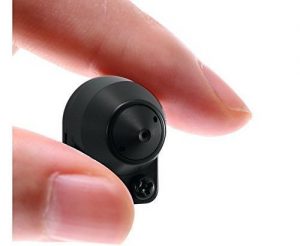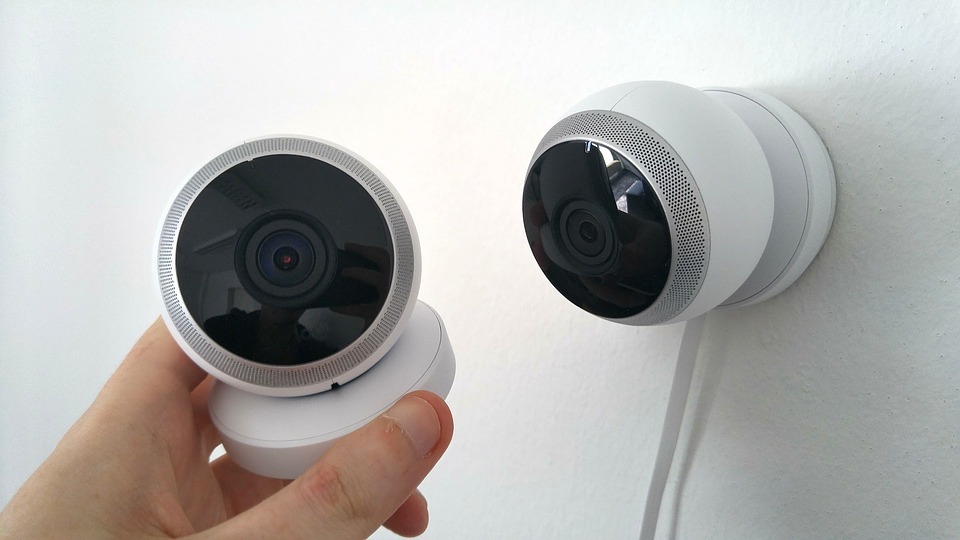Home security cameras are not really a novel thing any longer, but way back then the pictures were grainy and some of them had distracting buzzing sounds so you weren’t able to concentrate on what really was happening.
But thanks to advances in technology, home security cameras have greatly improved and expanded. Now you can see and get all kinds of different cameras from motion detectors to web-based camers with Wi-Fi to 360 degree cameras. Home security cameras are also often called as home surveillance cameras.
If you cannot decide yet which type of home security camera to buy, it might be helpful if you take a look first at the several types of home security cameras which are listed below:
Hidden cameras (or spy cameras)
See that clock on the wall? Sure, it tells the time but it’s not a clock. It’s got a tiny camera it in. These days hidden cameras come in many shapes and disguises, from clocks, to light bulbs, to smoke detectors. As the name implies, these cameras are concealed in a way that subjects are being recorded without their knowledge. If you own and operate a business, most likely you’ll buy this type of camera.
Motion detector cameras
These types of cameras detect movement and you can set them to whatever amount of movement you want them to start recording at. Now remember, most thieves are going to be creeping up to your home, not running like an Olympic sprinter, so make sure you set your camera to detect movement at 1 or 2 miles per hour.
You can get motion detection as a feature on a large number of cameras these days and some of them also feature a sound trigger option. The camera will turn itself on when a sound is heard and will be turned off at all other times until there’s some movement or some other sound. Motion detection and sound trigger features save you time and money. You’re not looking through hours of footage with nothing happening and you’re not constantly recharging the battery. Most nights you might only record 3 hours of footage.
Infrared cameras
Infrared cameras detects infrared energy or heat emitted by all materials, and converts that infrared energy or heat into a thermogram, which is a feature in the camera. It is also called as a thermographic camera. A good zoom function on an infrared camera will enable you see far into the distance clear as day.
Wide dynamic range
The wide dynamic range (WDR) is an improvement on Dynamic Range, which is when some part of the image is too dark but another part, on the other hand, is overexposed. You know in store doorways the light from the store is reflected out into the darkness. This can sure blur images when you’re viewing them back on cam.
It’s the same as when the light from your home is reflecting out into the garden. You can get some real messed-up images with a little light in the night hours and wide dynamic range fixes that. A wide dynamic range camera has a special software that allows it to balance the lighting to produce a clearer and more detailed image. As a result you won’t see any blurred images as a result of lighting, which may otherwise make the person or their clothing difficult to recognize.
Dome cameras
Installing and replacing these are the favorite past time of security officers at major stores. They’re found in most stores because they’re so small and let’s face it, customers don’t like to feel like they’re being watched all the time while they’re shopping. It makes them uncomfortable.
Dome cameras can be fitted easily, have very low running costs and can record many hours of footage at once. They’re simple to use and install, too. Your average dome camera will focus on one area and until the battery runs down. Some people use them to watch their cars at night.
PTZ cameras
PTZ cameras look very much like domes, but with added technology that makes the former much more expensive than the latter. While a dome camera will focus on one area, a PTZ camera can turn to different directions as well as zoom in and zoom out – PTZ stands for “Pan-Tilt-Zoom,” which this camera exactly does.
So you’re not just reviewing footage that has already been shot. With a PTZ camera, you can do some amazing things like sit an an office using a joystick to pan across large areas. This camera can move around 360 degrees tilting up and down and zooming in on anything. The more you spend, the better your camera’s pan-tilt-zoom functions are going to be.
Box cameras
A box camera is a simple type of camera – your basic home camera kit. These types of cameras are easy to fit, easy to clean, and cheap to buy which is why so many folks love them.
They’re bigger and bulkier than other types of surveillance cameras (such as dome cameras) but do basically the same thing, focusing on one area. You usually set them on a wall bracket and review the footage later. They’re good for both indoors and outdoors. Although it lacks in aesthetic features, box cameras do tend to produce great images. Most importantly, they’re very reliable. And reliability is what you need the most when you’re looking for a home security camera.
IP Security cameras
If you don’t want a digital video recording taking up space in the home then perhaps these are for you. All the footage that the IP security camera records goes directly onto a server. Although they’re more expensive than dome cameras or box cameras, they got lots of the good features that you also see on PTZ cameras.
IP means “Internet Protocol” so you really have to require a connection to the Internet to use this camera. It sends and receives data via a computer network and the Internet. IP cameras, once widely used on webcams, are now also used in surveillance.


